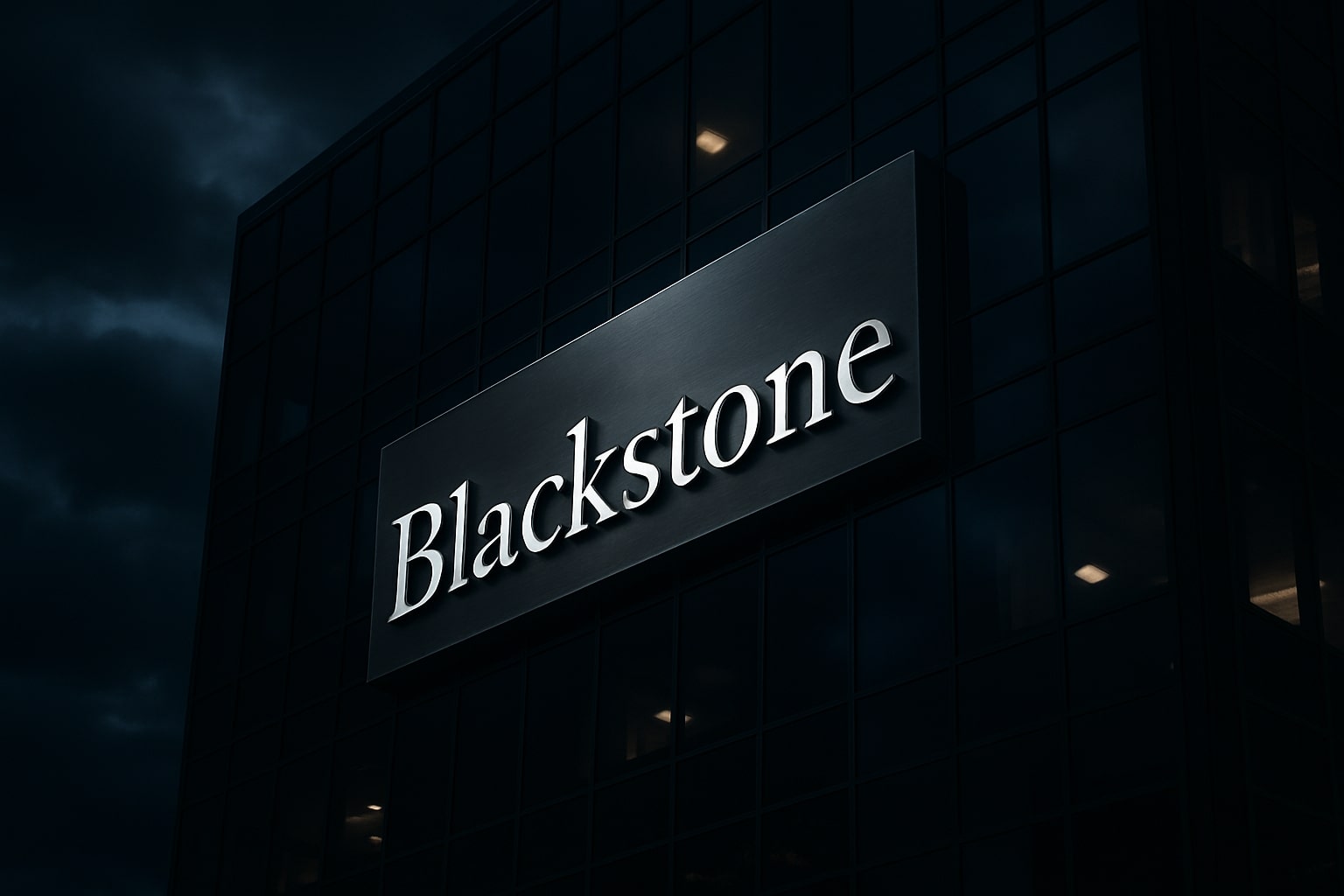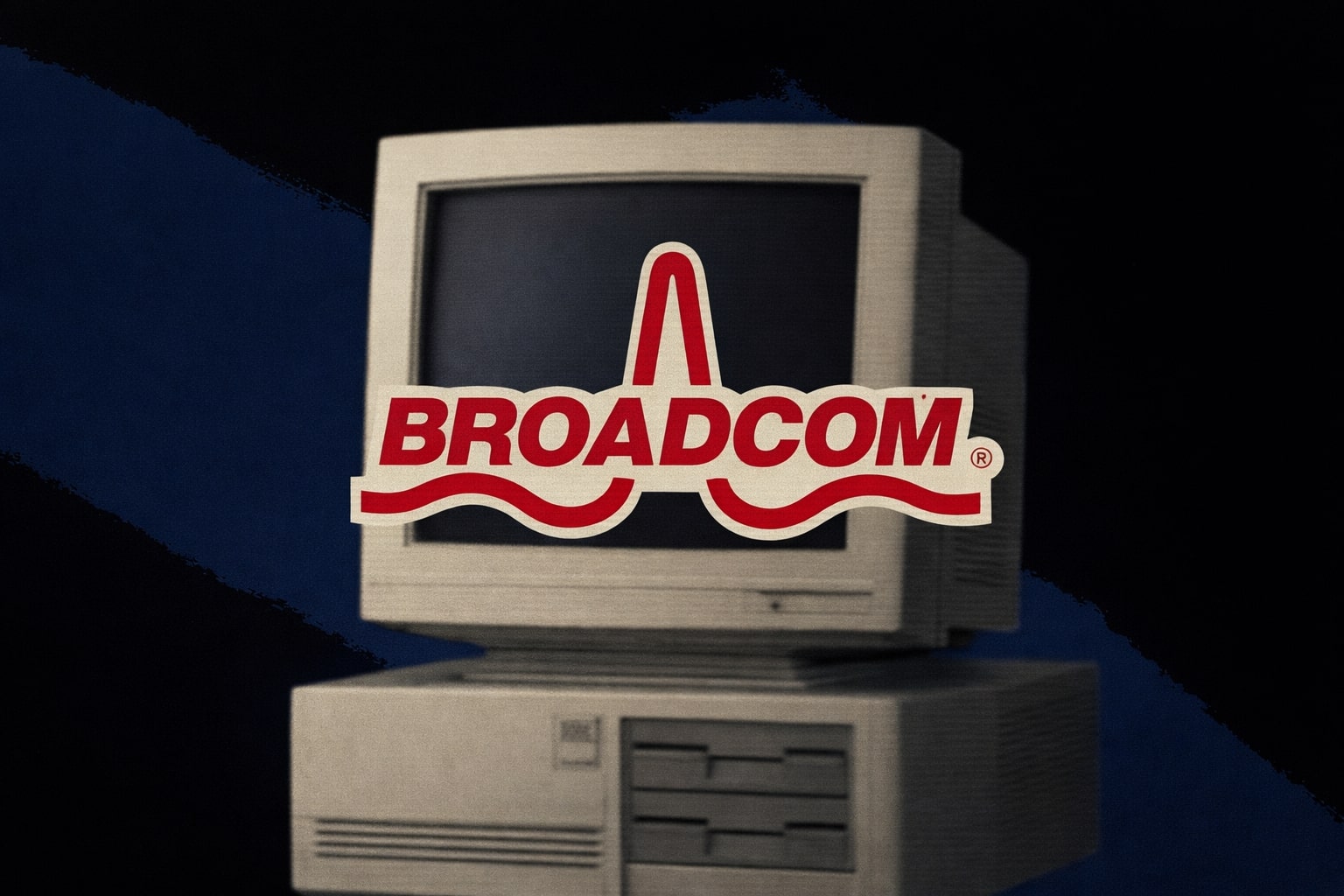
Blackstone Stock Price Forecast - BX Rises After $1.9B Q3 Profit and $1.2T AUM
After Friday’s close, Blackstone shares settled at $146.64, reflecting investor optimism following 48% earnings growth, $500B in perpetual capital, and new access to the $12T U.S. retirement market | That's TradingNEWS
Blackstone Inc. (NYSE:BX) — Q3 Strength Redefines Global Asset Management Leadership as Fee Power, AI Expansion, and $1.2 Trillion AUM Cement Its Market Dominance
Blackstone Inc. (NYSE:BX) ended October trading at $146.64, closing Friday, November 1, slightly below its previous close of $148.39, as the market digested a record quarter underscoring the firm’s evolution into the world’s most diversified and fee-driven investment powerhouse. Despite short-term volatility, the company’s fundamentals remain unmatched: $1.24 trillion in total assets under management (AUM), $1.9 billion in distributable earnings (+48% YoY), and $1.5 billion in Fee-Related Earnings (+26% YoY). These figures highlight a structural shift toward stable recurring income and scalability that places Blackstone far ahead of peers such as KKR (NYSE:KKR), Apollo Global Management (NYSE:APO), and Brookfield (NYSE:BN).
Q3 Performance and Market Context: A Profitable Reset After the Earnings Surge
The post-earnings dip from $190 to $146.64 reflects profit-taking rather than a deterioration in fundamentals. Blackstone’s valuation reset coincides with its best quarter in years, with net income of $624.9 million, despite a 15.7% decline in total revenue due to lower performance fees. The firm repurchased 200,000 shares and distributed $1.6 billion in dividends, translating into a 3.20% forward yield. The company’s P/E ratio of 42.06 reflects premium pricing for predictable earnings and fee generation, while its market cap of $175.3 billion and price-to-book ratio of 13.84 confirm investor confidence in the firm’s durable franchise.
Fee-related income has become the backbone of profitability. Over half of AUM is now locked in perpetual vehicles like BREIT (Blackstone Real Estate Income Trust) and BCRED (Blackstone Private Credit Fund), providing annuity-like cash flow that decouples performance from market cycles. As of Q3 2025, perpetual capital reached $500.6 billion, a 15% increase YoY, confirming client loyalty and the firm’s ability to retain long-term capital commitments.
Blackstone Credit & Insurance (BXCI): The Engine Behind the Earnings Boom
A significant portion of Blackstone’s growth is now powered by its Credit & Insurance segment (BXCI), which has become a financial juggernaut in its own right. BXCI’s AUM of $508 billion contributed two-thirds of Q3 inflows, or roughly $36 billion of $54 billion total. This diversification shielded the company from temporary softness in real estate and equity markets. BXCI’s partnerships with major insurers, including Corebridge Financial (NYSE:CRBG), Legal & General (OTCPK:LGGNY), and Everlake, provide stable, long-duration funding streams.
BXCI’s products, including BXSL (Blackstone Secured Lending Fund) and BCRED, consistently outperform benchmarks such as the Morningstar LSTA U.S. Leveraged Loan Index, delivering double-digit annualized returns. Crucially, BXCI has reported zero realized losses to date — a staggering record that underscores disciplined risk management.
AI, Infrastructure, and Healthcare: The Next Pillars of Growth
Blackstone’s capital deployment strategy has evolved beyond cyclical private equity plays. The firm holds between $188 billion and $200 billion in dry powder, more than double that of KKR ($105 billion) and nearly triple Apollo ($75 billion). This liquidity empowers BX to invest aggressively in secular growth sectors such as AI, digital infrastructure, and healthcare.
The firm has already committed $70 billion to data centers, positioning itself as a critical player in AI’s energy and storage backbone. It complements this strategy by investing in associated energy infrastructure, including cooling systems and renewable integration. Blackstone’s $18.3 billion acquisition of Hologic (NASDAQ:HOLX), announced October 21, 2025, demonstrates its pivot into high-margin healthcare technology, with Hologic’s stable $4.2 billion annual revenue and strong free cash flow profile strengthening BX’s earnings base. The acquisition not only diversifies revenue but creates synergy with Blackstone’s existing life sciences and medical real estate investments.
The firm also expanded its Strategic Partners division by launching SP Infrastructure IV, a $5.5 billion fund that focuses on secondaries in the infrastructure space. With global infrastructure AUM projected to reach $1.8 trillion by 2026, this move allows BX to capture liquidity demand from investors seeking exits in mature infrastructure portfolios.
Read More
-
DGRO ETF Price: Is DGRO at $69.17 Still the Better Dividend-Growth Bet?
17.12.2025 · TradingNEWS ArchiveStocks
-
XRP Price Stuck Below $2 As XRPI at $10.74 and XRPR at $15.26 Ride $1B+ ETF Inflows
17.12.2025 · TradingNEWS ArchiveCrypto
-
Natural Gas Price Forecast - NG=F Steady Near $4 as TTF Jumps on Colder Forecasts and LNG Outage Risk
17.12.2025 · TradingNEWS ArchiveCommodities
-
USD/JPY Price Forecast: USDJPY=X 155.50 Pivot Before BoJ Hike and US CPI
17.12.2025 · TradingNEWS ArchiveForex
Regulatory Tailwinds: Opening the $12 Trillion Retirement Market
Blackstone’s next growth phase is set to accelerate following recent U.S. regulatory reforms. The Trump administration’s August 2025 executive order allows private equity and alternative funds to be included in 401(k) retirement plans, unlocking access to an estimated $12 trillion market. With evergreen funds like BREIT and BCRED already structured for long-term retail access, BX is positioned to become the first mover in mainstreamizing alternatives for retirement savers.
This policy change aligns perfectly with Blackstone’s product mix and distribution capabilities. Institutional-grade private credit funds, once reserved for sovereign and pension clients, will now be accessible to corporate retirement plans — a segment where Blackstone already has relationships with over 4,000 plan sponsors globally. Analysts project that even a 1% penetration of 401(k) assets could generate $120 billion in incremental inflows, further boosting fee-related earnings.
Valuation Metrics: Profitability and Scale Lead the Industry
As of late October, Blackstone’s 10-year total return of 658% trails only KKR’s 771%, but far exceeds Brookfield (BN) and Ares (ARES). The firm’s return on equity (ROE) of 29% is the highest in the industry, surpassing Ares (13.4%), Apollo (16.7%), and KKR (7.5%). The forward dividend yield of 3.2% and dividend growth rate of 14.8% further illustrate BX’s capital discipline and income potential.
From a growth standpoint, diluted EPS rose 19.5% year-over-year, while the firm’s net margin of 21.3% confirms strong efficiency despite a high-rate environment. The beta of 1.43 reflects moderate volatility compared with riskier peers like Apollo (1.84). As of October 31, BX trades roughly 24% below its 52-week high of $200.96, suggesting meaningful upside if momentum resumes.
Real Estate and BREIT: Steady Amid Market Adjustments
While real estate headlines have fixated on redemption pressures in BREIT, the broader data shows stabilization. BREIT maintains over $120 billion in assets, with redemption requests trending below 1.8% of NAV in Q3, down from 4.1% in early 2024. Portfolio exposure remains concentrated in rental housing (41%), logistics (29%), and data centers (11%), sectors that have all maintained positive NOI growth even in a high-rate environment.
Blackstone’s ability to maintain stable distributions and limited write-downs highlights its asset selection discipline. Average cap rates across BREIT’s industrial portfolio rose only 28 basis points YoY, compared to a 65-bps increase across the broader NCREIF index, confirming relative resilience in valuations.
Peer Comparison: Scale and Diversification as Competitive Moat
Comparatively, BlackRock (NYSE:BLK) remains the only asset manager close in scale, with AUM nearing $10.5 trillion, but its exposure is dominated by low-margin ETF products. BX, on the other hand, operates in high-fee alternative asset classes, giving it superior fee-related earnings margins above 40%.
KKR, Brookfield, and Apollo continue to close the gap in credit and infrastructure, yet none have matched BX’s diversified ecosystem spanning private equity, real estate, insurance, and growth equity. The company’s global presence in 26 countries, coupled with over 5,000 corporate issuers and 550 institutional sponsors, makes it structurally harder to displace.
Strategic Outlook: Expansion Meets Structural Advantage
Blackstone enters 2026 with several simultaneous catalysts: expected Fed rate cuts supporting private credit expansion, policy-driven 401(k) inflows, and accelerating AI infrastructure investments. Its $180–200 billion dry powder provides unmatched flexibility to capture distressed or high-growth opportunities in a fragmented global market.
The biggest near-term challenge remains macro-driven valuation compression — higher-for-longer yields could temporarily suppress AUM growth. However, BX’s pivot to fee-based revenue provides insulation, ensuring the company remains profitable even during cyclical downturns.
Verdict: Buy — Blackstone’s Scale, Fee Power, and Structural Growth Justify a $185 Price Target
Given current financial metrics and strategic positioning, Blackstone (NYSE:BX) is a Buy. The combination of 48% distributable earnings growth, 26% fee-related expansion, and a 21% profit margin demonstrate operational excellence. The stock’s pullback to $146.64 offers a compelling entry, with a medium-term price target of $185 — representing approximately 26% upside from current levels.
Blackstone’s integrated model across private credit, real estate, insurance, infrastructure, and technology investments creates resilience unmatched in the asset management sector. Its access to perpetual capital, strong dividend growth, and expanding regulatory reach into retirement markets underscore why it remains the global benchmark for alternative asset management.


















